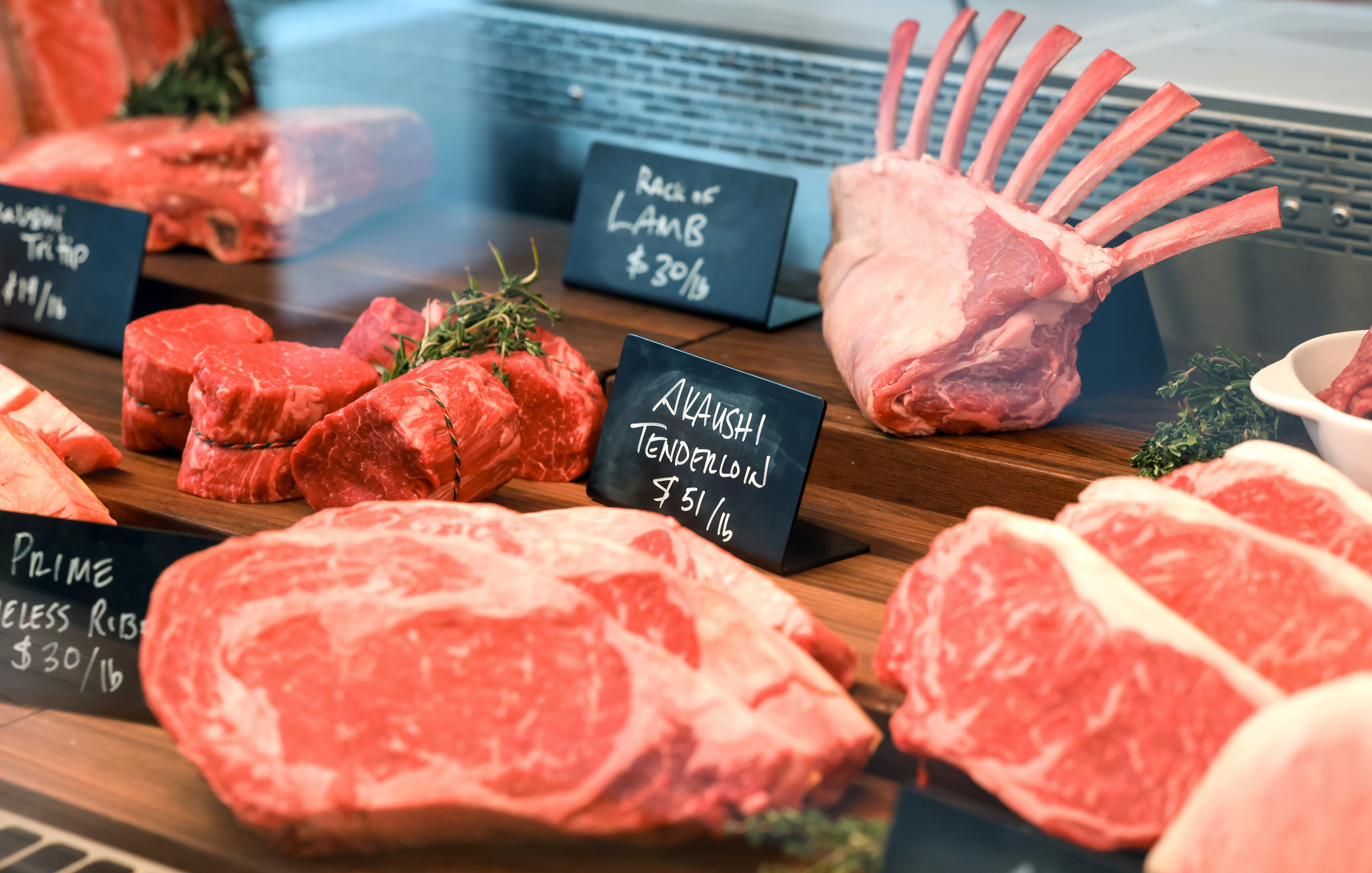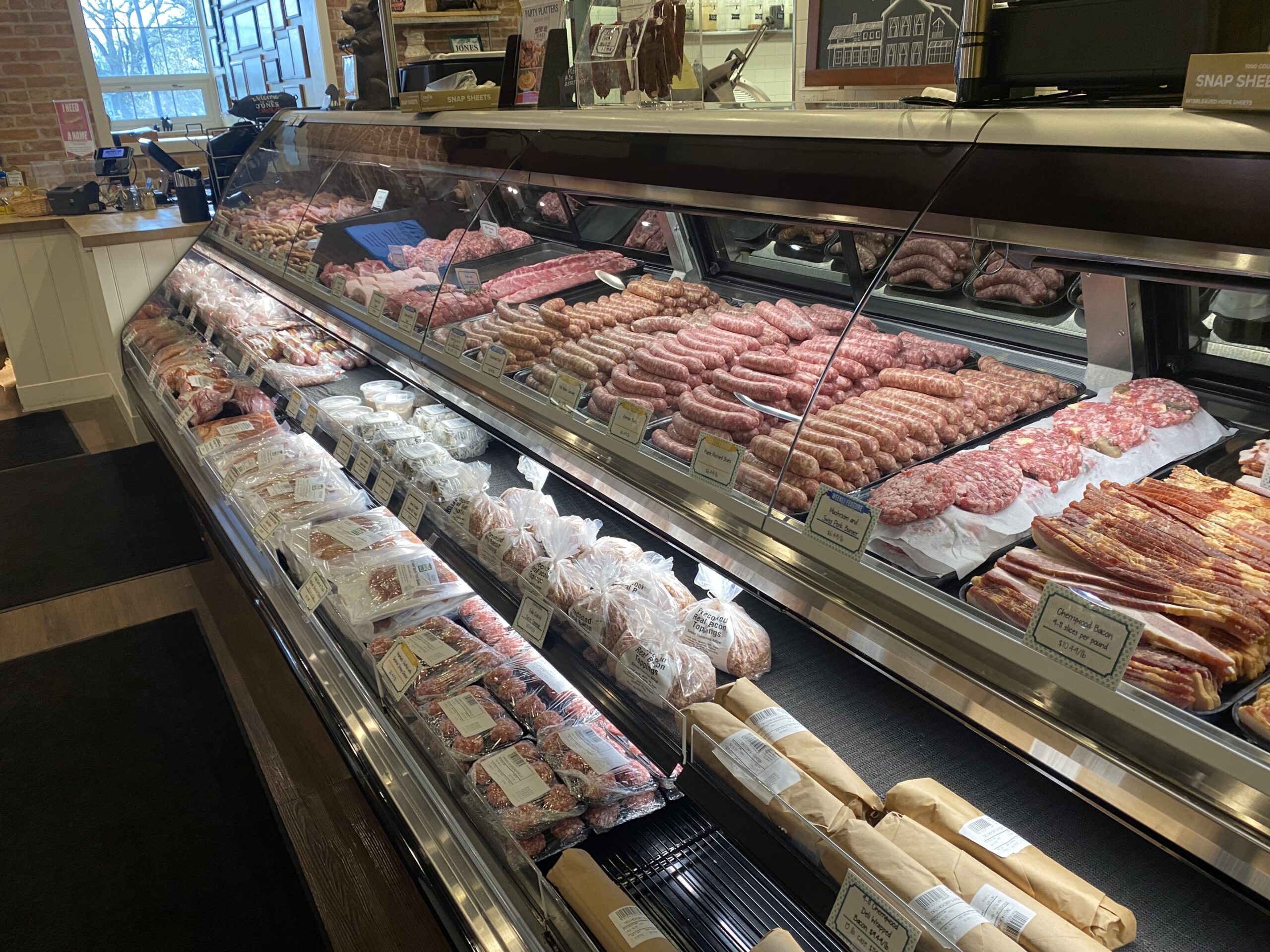Check Out Bagley Farms Meat Market Edwardsville IL for Farm-Fresh Meat and Specialty Cuts
Check Out Bagley Farms Meat Market Edwardsville IL for Farm-Fresh Meat and Specialty Cuts
Blog Article
Discover the Finest Selection of Cuts From Neighborhood Meat Market
In an era where the beginnings of our food are much more substantial than ever, checking out the finest option of cuts from your regional meat market uses an engaging story of top quality and stability. These markets not only promise unmatched quality and preference yet also offer insights into the nuances of various primitive and sub-primal cuts.
Benefits of Regional Meat Markets
Neighborhood meat markets provide various advantages that are ending up being increasingly considerable in today's food landscape. Due to the fact that the supply chain is shorter, neighborhood meat does not sustain prolonged transportation times, preserving its quality and dietary worth.
In addition, neighborhood meat markets frequently support sustainable farming techniques. Numerous neighborhood manufacturers engage in eco-friendly and honest farming techniques, which add to the well-being of pets and the preservation of all-natural resources. By picking to buy from these markets, customers can play a duty in advertising sustainable farming and lowering their carbon footprint.
Additionally, regional meat markets add to the economic vitality of communities. By supporting neighborhood producers, customers assist sustain little services and foster economic development within their area. This financial assistance can bring about job creation and assistance keep the distinct character of neighborhood communities.
Understanding Different Meat Cuts
An essential aspect of making informed investing in decisions at neighborhood meat markets is comprehending the different cuts of meat available. Each cut uses distinct tastes, appearances, and food preparation capacities, making it vital to recognize just how they differ. Mostly, meat is categorized into primal, sub-primal, and retail cuts. Primitive cuts are the larger sections originally separated from the carcass, such as the loin, rib, and chuck. These are more divided into sub-primal cuts, which at some point damage down right into retail cuts, the acquainted selections found at the market.
For circumstances, from the beef primal cut, the loin, one can acquire sub-primal cuts like tenderloin, bring about retail choices such as filet mignon. The rib primitive cut consists of sub-primal ribs, producing retail options like ribeye steaks. Recognizing these differences help in choosing cuts that straighten with culinary needs and personal preferences
In addition, cuts differ in inflammation and fat content, influencing their ideal food preparation techniques. Harder cuts like brisket gain from slow-moving cooking, while tender cuts like sirloin are suited for grilling. By understanding these nuances, clients can boost their culinary experiences and maximize their meat purchases.

Professional Tips for Finding Meat
Choosing the perfect cut of meat requires not only knowledge of the different choices offered but likewise an eager understanding of high quality indicators that professionals utilize to make their options. A well-marbled cut frequently assures enhanced flavor and inflammation, as the fat melts throughout food preparation, enhancing the meat's appearance and taste.
Another important aspect is the meat's structure. Expert recommendations also requires examining the packaging, if applicable.

Finally, comprehending the track record and sourcing techniques of your regional meat provider can offer understandings into official website the quality and ethical requirements of the meat. Involving with knowledgeable butchers can give useful recommendations customized to certain cooking requirements, guaranteeing a premium dining experience.
Finest Seasonal Selections

Selecting seasonal cuts not just makes certain freshness however additionally lines up with the peak quality of various meats. Pork, commonly healed and preserved in the colder months, provides an abundant variety of cuts like ham and bacon during wintertime, when pigs are butchered after being fattened on autumn harvests. Poultry, on the other hand, is typically at its ideal during late springtime and very early summer season, when hens have matured on a diet of fresh grains and eco-friendlies.
Sustaining Sustainable Practices
Welcoming lasting methods in meat manufacturing is necessary for advertising environmental wellness and making sure the longevity click reference of local ecological communities. In the context of regional meat markets, sustainability entails a commitment to moral farming approaches, reducing carbon impacts, and supporting biodiversity. By focusing on these techniques, manufacturers not only enhance the high quality of their offerings yet additionally contribute positively to their communities and the planet.
Neighborhood meat markets play a crucial duty in fostering sustainable farming by sourcing products from farms that apply eco-friendly techniques. These might include rotational grazing, organic feed, and incorporated insect administration, which collectively lower environmental impact and promote pet welfare. By picking to support such markets, customers can directly influence the demand for sustainably elevated meat, encouraging even more manufacturers to take on these techniques.
Furthermore, sustainable practices in meat manufacturing can significantly mitigate the industry's environmental impact. Supporting sustainable methods not only profits the setting however also lines up with a broader commitment to liable usage and manufacturing.
Conclusion
Local meat markets provide unrivaled advantages in terms of high quality, freshness, and sustainability. Supporting local meat markets not just advertises sustainable farming practices but likewise contributes to a much more informed and look at here now gratifying culinary trip.
Report this page